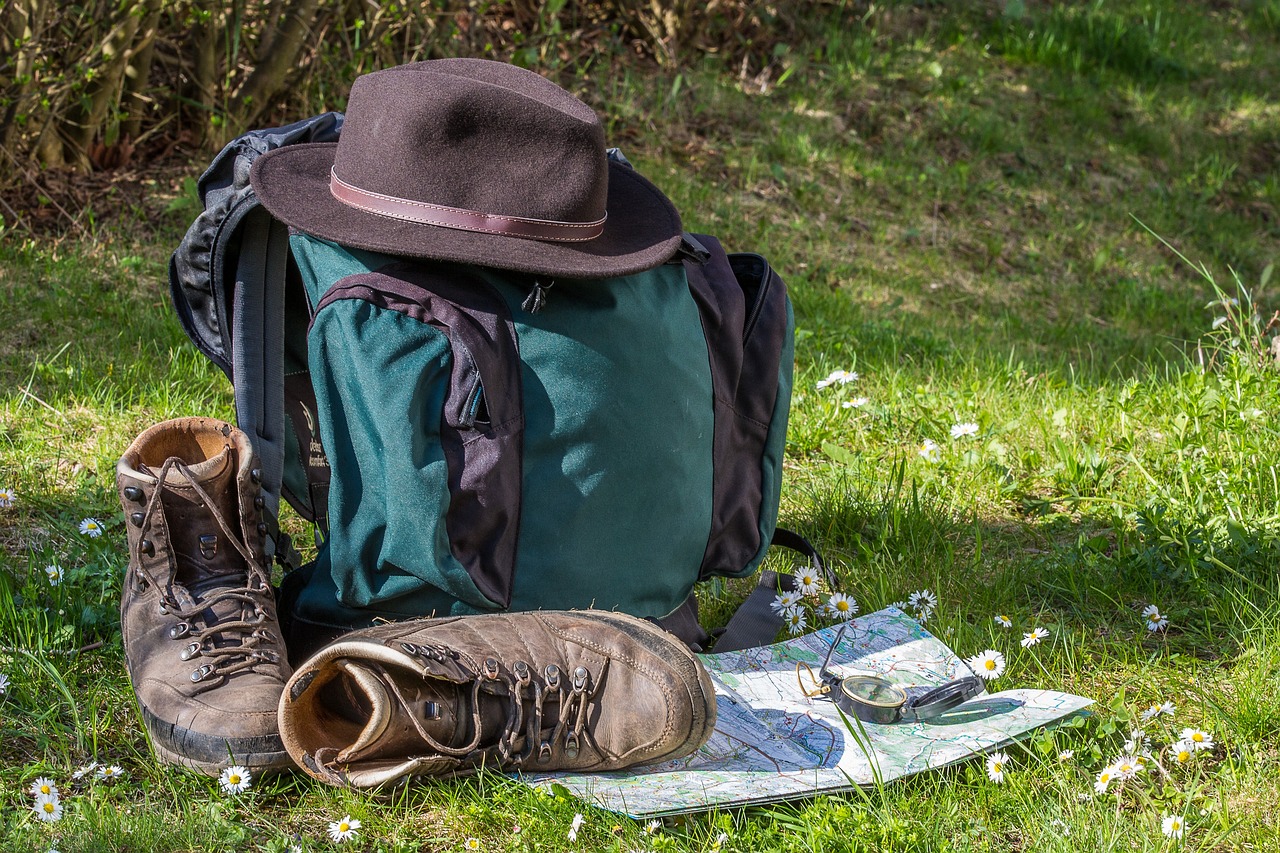Backpacking allows adventurers to journey deep into the wilderness and experience nature up close. However, the remote settings also leave backpackers responsible for their own safety and survival. Selecting the right gear and supplies can prepare wilderness travelers for emergencies, injuries, or unexpected conditions.
Navigation Tools – Don’t Lose Your Bearings
Perhaps the most fundamental backpacker need is the ability to track location and find the way. Wrong turns quickly transform an invigorating trek into a dangerous ordeal. Carry reliable navigation tools suited to the environment. Topographic trail maps printed on weatherproof paper provide overview route planning. Always bring a compass to pinpoint bearings when trails fork or land features obscure. Altimeters also prove handy for gauging progress when following undulating mountain contours. Personal GPS devices enable real-time positioning and emergency beacon signaling if lost. Power packs extend battery life. Have analog and digital tools in case electronics fail in harsh conditions. Navigation gear keeps backpackers confidently on course.
First Aid Supplies – Respond to Injuries
Wilderness areas lack quick access to medical care, so backpackers must be prepared to manage injuries using their own first aid supplies. A well-stocked first aid box enables disinfecting and bandaging wounds to prevent infection. Gauze pads, medical tape and antibiotic ointments treat scrapes and cuts, and bandages support sprains. Blister treatment kits cushion hot spots before they worsen into painful blisters. Oral pain relief provides comfort for headaches, muscle strains and other aches. Topical anti-inflammatories like ibuprofen cream soothe sprains and bruises. Keep supplies in a waterproof kit for accessibility. Be sure to include any personal medications required during the duration of the trip. With the right first aid gear, backpackers can manage minor to moderate medical issues independently until full care is available.
Emergency Shelter – Guard Against Exposure
Backcountry trails often lack natural shelters or camp amenities. But exposure to sun, wind, rain, and frigid nights can rapidly create dangerous conditions. Every backpacker should carry emergency shelter options that provide vital protection from the elements when needed. Lightweight tarps or tube tents require minimal space until adverse weather strikes. High-reflectivity space blankets trap body heat and prevent hypothermia in cold temperatures. Insulated bivvy sacks are more durable alternatives. Look for waterproof, tear-resistant materials with metallic lining for retaining warmth.
Fire Starting Aids – Critical for Warmth and Signaling
Fire provides warmth, cooking, protection from wildlife and signaling for rescue. But natural tinder sources are often damp and fire building difficult. Ensure fire reliability by packing waterproof matches and lighters as basic starters. Windproof butane lighters perform better in adverse weather. Magnifying lens kits use sun rays for ignition. Flint strikers generate sparks to ignite dry kindling. Cotton balls soaked in petroleum jelly burn slowly when normal tinder is scarce. Fire paste kits and trioxane fuel bars provide concentrated heat. Bring diverse aids so fire remains possible in any situation. Fire also allows backpackers to signal for help by creating smoke during the day or maintaining a large visible overnight blaze. Don’t leave camp without fire insurance.

Adequate Food and Water – Fuel for the Journey
Calorie expenditure backpacking can exceed 4,000 calories per day. Pack high-energy, lightweight nutrition that meets demand. Balance complex carbs, protein, and good fats. Trail mixes, protein bars, jerky, powders, and freeze-dried meals make nutritious options. Calculate at least 2 pounds of food per day. Resupply points may be distant, so carry ample reserves. Likewise, be self-sufficient with water needs. Two liters per day minimum is recommended but carry capacity for more in dry areas. Filter systems like pump, chemical and UV purifiers allow refilling from lakes and streams.
Backcountry Communication – Links to Support
Modern devices provide vital links between backpackers and outside help. Satellite messengers enable two-way emergency texting via Iridium or GPS networks. Personal locator beacons transmit distress signals and GPS coordinates to rescue services. Satellite phones allow voice communication from remote locations. Smartphone GPS can pinpoint position. Ensure all devices have protective cases and power banks. Though coverage is spotty, cell phones still provide connectivity in some areas. Whistles cut through background noise to alert others. Flares, signal mirrors and brightly colored gear also aid visibility for searchers.
Heavy-Duty Backpacking Pack – Comfortably Carries All Gear
All the best gear remains useless if you lack a suitable pack for comfortably carrying everything the backcountry demands. Invest in a rugged, ergonomic multi-day backpacking pack designed for extended expeditions. Look for sturdy ripstop fabrics and reinforcements at stress points. Well-padded and adjustable shoulder straps prevent painful digging. Breathable mesh backing circulates air. A padded hip belt transfers weight to stronger core muscles. Multiple compartments and pockets organize gear. Top lid and side pouches grant quick-access storage. Hydration bladder sleeves stay hydrated on the move.
Durable Trekking Footwear – Provides Stability and Traction
Backpacking terrain can include mud, streams, loose rocks, steep grades, and slippery slopes. Lugging a heavy pack demands stability. Select burly boots or trail shoes engineered for controlling unpredictable ground. Waterproof membranes block external moisture while wicking linings keep feet dry. Rugged toe caps prevent roots from crushing feet while ankle support and stiff stability plates support packs up to 45 pounds. Break boots in well before longer trips. Proper footwear prevents sprains and pain while protecting against the elements.
Conclusion
Venturing into the wilderness with only a backpack demands thoughtful preparation and packing. Lighten loads whenever possible without sacrificing safety. Full readiness, along with respect for nature’s power, can transform rugged backpacking from daunting to deeply rewarding.
